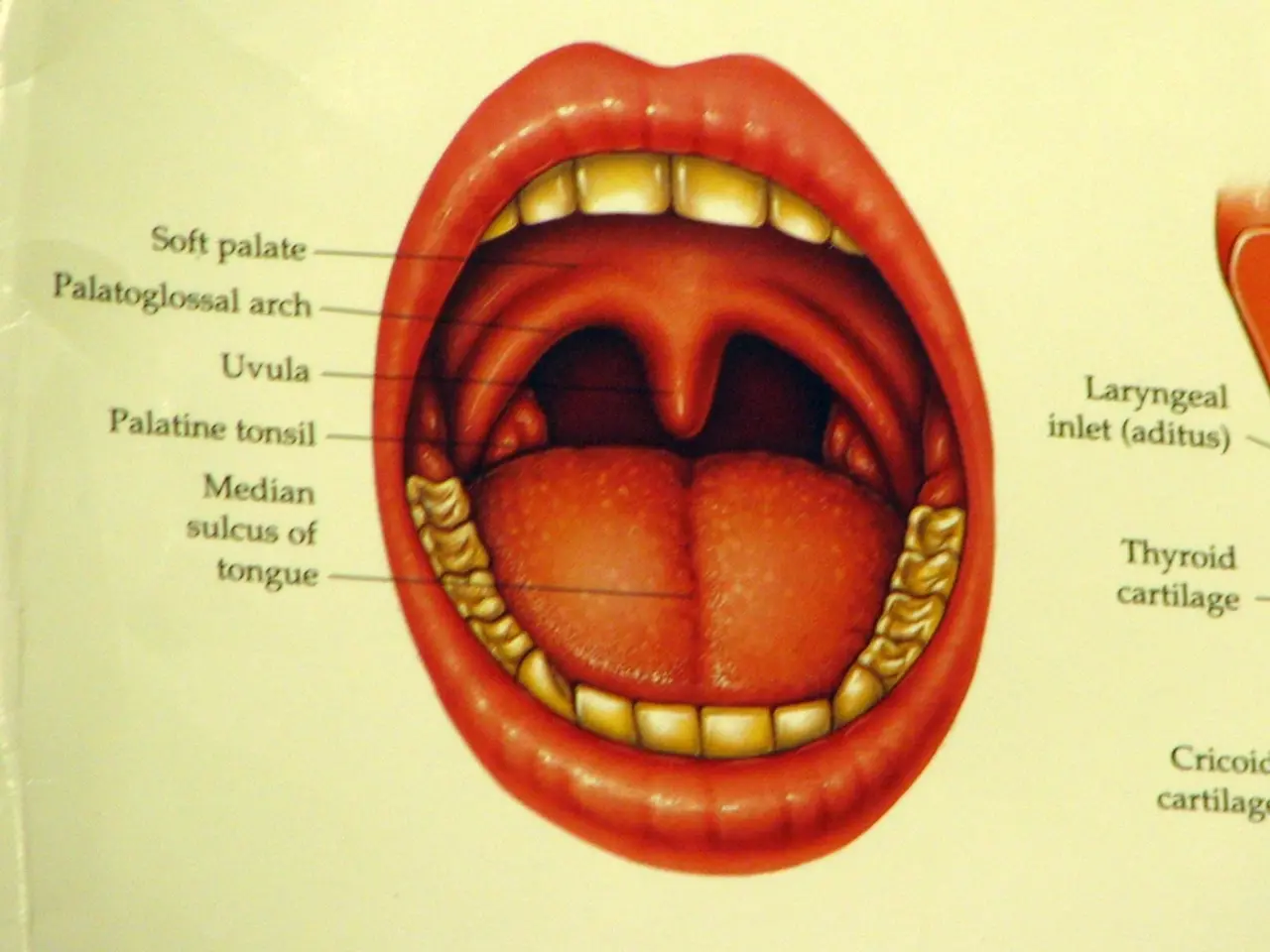Reading and Utilizing "Facial Expression Regardless of Emotion"
The "Not Face" is a fascinating new microexpression that was discovered in 2016 by researchers at Ohio University. This subtle, involuntary facial expression, often resembling an "Ew" or "I don't want to" reaction, is a combination of three microexpressions: disgust, contempt, and anger, and indicates negation, disapproval, and disagreement.
The "Not Face" is a distinctive signal that communicates negation and refusal. It includes characteristic features such as wrinkles near the nose and mouth that convey a strong nonverbal rejection or negativity. This discovery expanded our understanding of how humans nonverbally communicate negation.
Interestingly, the "Not Face" is the first time scientists have found an expression that replaces an actual word in American Sign Language. It is regularly used in ASL, sometimes replacing the sign for no or disagreement.
In a study involving 158 Ohio State students who spoke English, Spanish, Mandarin Chinese, and American Sign Language (ASL), the "Not Face" was identified through the movement of facial muscles: raised chin (disgust), furrowed brows (anger), and pressed together lips (contempt).
In personal relationships, the Not Face expression can indicate hidden negativity or disagreement. Context is important when identifying the Not Face, as it could be a response to a specific topic rather than the person directly. In the workplace, identifying the Not Face expression on an employee's face can help leaders address employee dissatisfaction before it leads to behavioral problems. Leaders should insist on hearing the opinions of employees who display the Not Face expression and try to understand the reasons behind their negativity.
Practicing a poker face can help individuals avoid leaking their own "not face expression". However, in a casual chat, one can train their "not face expression" radar by spotting the chin lift, brow furrow, lip press combination.
It's worth noting that approximately 52% of employees in the United States are disengaged. Disengaged employees fail to produce at optimal levels and are less willing and able to innovate and adapt to change. This could potentially be a sign of the "Not Face" expression being a regular occurrence in personal conversations, revealing issues that need to be addressed.
Microexpressions like the "Not Face" are very brief—sometimes invisible to the naked eye—but reveal true emotions despite an attempt to hide them, highlighting their importance in nonverbal communication research. There are 7 universal microexpressions that convey the most fundamental human emotions: Anger, Fear, Sadness, Surprise, Disgust, Contempt, Happiness. The "Not Face" joins this list as a unique and valuable addition to our understanding of human emotions and communication.
In a business setting, leaders should recognize the "Not Face" expression on employees to address underlying issues and prevent dissatisfaction from escalating into behavioral problems. By encouraging open dialogue and understanding the root causes of negativity, leaders can foster a more productive and engaged workforce.
Moreover, understanding the "Not Face" expression can be beneficial in personal relationships, where it may indicate hidden negativity or disagreement. By being aware of this expression, individuals can work towards building stronger relationships based on open communication and mutual understanding.




